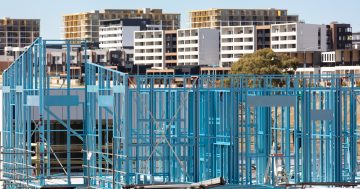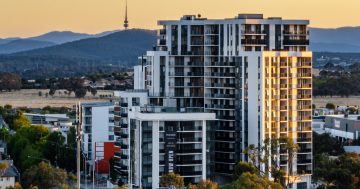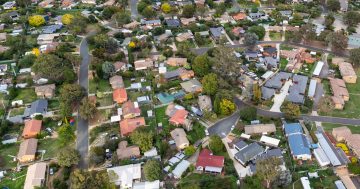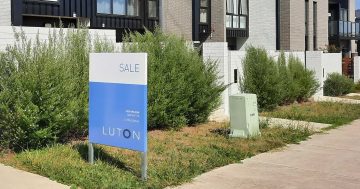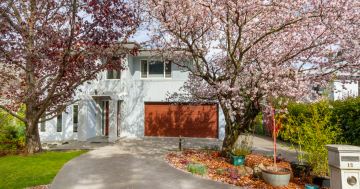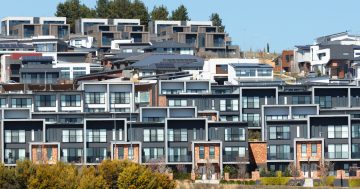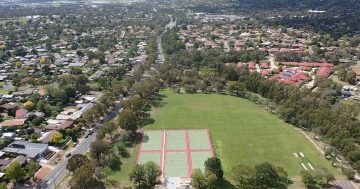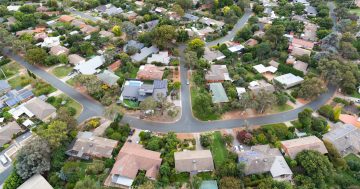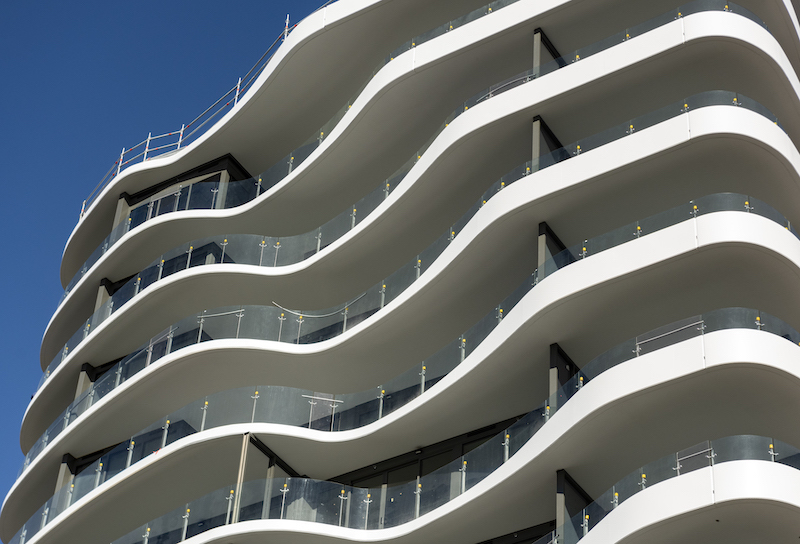
A year of growth lies ahead but a pipeline of new stock may keep a lid on prices. Photo: File.
Canberra home prices are set to climb in 2020, even if economic conditions deteriorate nationally, according to a new report released today.
In fact, under four scenarios explored by the Housing Boom and Bust Report for 2020, released by SQM Research, Canberra is the safest bet in the country.
While Sydney and Melbourne will boom under the best-case scenario with double-digit growth figures, if the economy heads south only Canberra looks likely to offer consistent improvement and stay in healthy positive territory.
The report sees Canberra in a growth range of 4-8 per cent next year if the RBA cuts rates by 0.25 per cent (to 0.5 per cent), the trade wars stabilise and APRA stays its hand. That prediction drops to 2-5 per cent if the regulator steps in to cool an overheated market, putting Canberra behind most capitals. But if trade talks collapse, the economy weakens, the RBA cuts the cash rate to zero by end of 2020 and starts printing money (quantitative easing, QE), Canberra comes into its own.
The other capitals slip back to zero or even go negative but Canberra remains a solid 4-7 per cent.
Report author Louis Christopher says 2020 is going to be a fairly good year for ACT property owners.
“Strong population growth rates, First Home Buyer concessions, lending rate cuts and a reasonably strong economy will help,” he says. “On the flip side, a fairly strong pipeline of new stock may keep a lid on things.”

He says that even if the national economy does have a bad year, the ACT market may well still do well as the Federal Government may aim to increase spending, once they get their budget surplus.
His pick of the suburbs is Belconnen, due to its tight rental market.
The report says that most of Australia’s capital cities will benefit from the interest rate cuts and loosening of credit restrictions to record dwelling price rises over 2020 with Sydney and Melbourne leading the charge.
The base case forecast is for dwelling prices to rise nationally between 7 and 11 per cent, which is a strong bounce back from the price falls recorded over 2018 and the first half of 2019.
Sydney and Melbourne will drive the rises. The forecast is for Sydney to rise 10-14 per cent and Melbourne 11-15 per cent. Other cities are also expected to record price rises.
The base case forecasts assume no changes in interest rates and, importantly, no intervention by APRA. The base case also assumes a recovering Australian economy that has responded to the rate cuts of 2019 and reduced international trade tensions, plus ongoing strong population growth rates.
“The Sydney and Melbourne housing markets have recorded a sharp turnaround in the second half of 2019 following on from the surprise result of the Federal Election, interest rate cuts, the loosening of credit restrictions and ongoing strong population growth rates,” Mr Christopher says.
“These factors are expected to drive the national housing market into 2020. In a close call, APRA is expected to not immediately intervene despite the strong price rises.”
But doubts remain about the sustainability of this new recovery.
“Sydney and Melbourne are rising from an overvalued point. Long term, our two largest housing markets look vulnerable and forever reliant on cheap credit,” he says.
“Housing debt, while falling compared to GDP over 2019, is still very high. Better value can definitely be found elsewhere such as Perth and Brisbane.”
